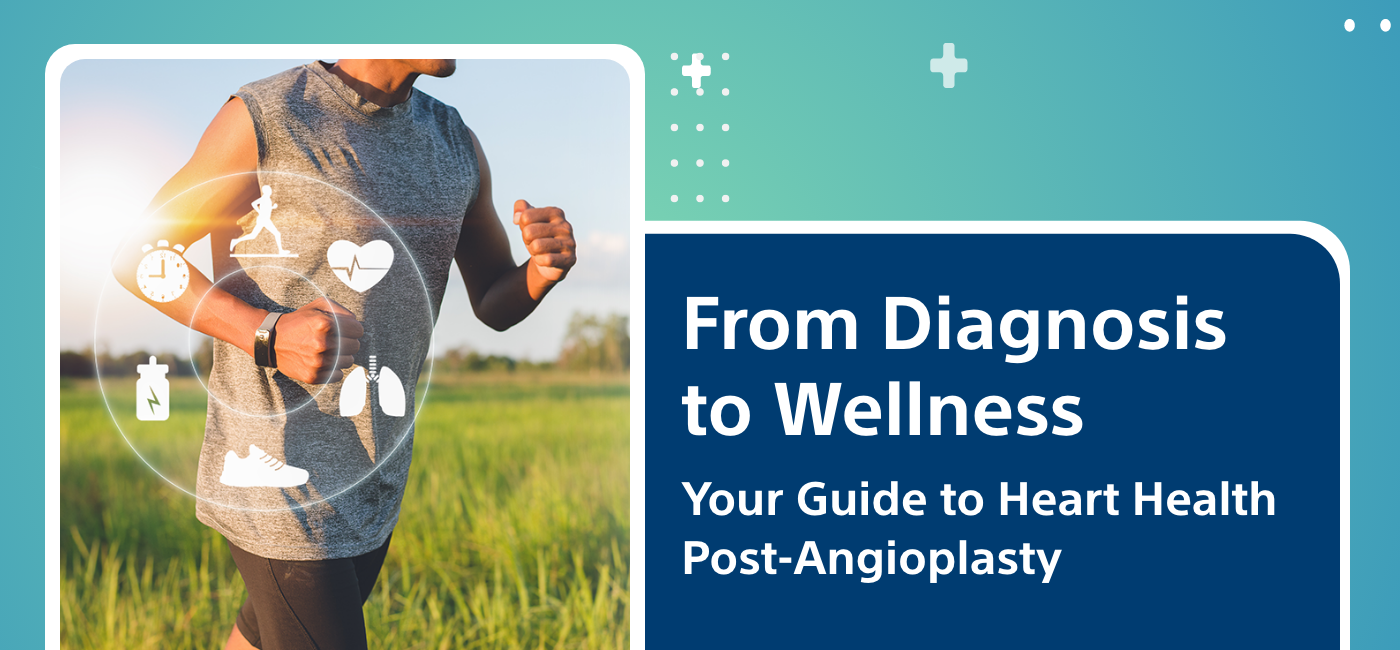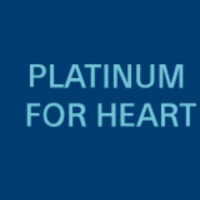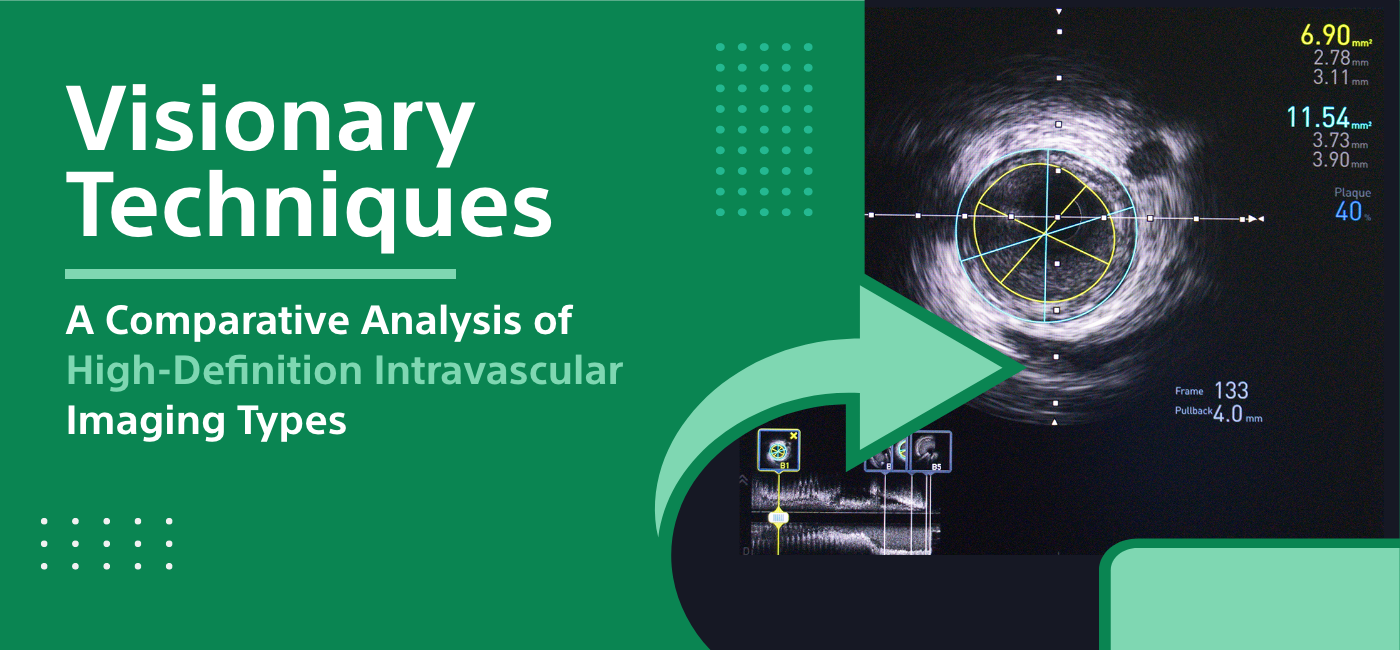From Diagnosis to Wellness: Your Guide to Heart Health Post-Angioplasty

Strong 8k brings an ultra-HD IPTV experience to your living room and your pocket.
Heart disease remains one of the most alarming health matters across the globe. For a good number of people suffering from blockages in the arteries, angioplasty has become a pseudo-life savior. But the surgery is only the start of a long-term heart-health commitment. Proper recovery and lifestyle changes are needed to ensure an easy transition from treatment to healthy living. This guide covers every detail concerning a patient’s life after angioplasty, from immediate recovery to more distant heart care.
Understanding Angioplasty and Why It’s Done
Angioplasty refers to the surgical procedure that works in tandem with minimally invasive techniques while trying to restore normal blood flow through narrowed or blocked arteries. It is carried out whenever the arteries contain fatty substances or deposits known as plaques that are severely obstructing circulation. An untreated blockage may eventually cause chest pain (angina), heart attacks, or even significant cardiovascular complications.
Doctors, therefore, begin to consider the angioplasty intervention with patients presenting symptoms of persistent chest pain, shortness of breath, and distress signs of blockage in the heart. In short, the angiographic procedure uses a balloon to expand the narrowed artery, and a stent may be placed in the artery with the hope that it will remain open. Therefore, an angioplasty increases blood flow to the heart, but it does not cure heart disease, making aftercare significant.
The Immediate Recovery Phase: What to Expect
Following the procedure, the patient was usually kept under observation in the hospital for a short while and was then discharged. Whether the heart function is well and the artery is patent are assessed together with the detection of any early possible complications like bleeding or clot formation at the catheter insertion site.
Fatigue, mild discomfort, or bruising is likely to be felt around the region of the groin or wrist (where the catheter was inserted) in the few days after angioplasty. Heavy lifting and other physical activities, as well as prolonged standing, are all discouraged.
Also, patients should not drive for a few days, usually one to two weeks, so as not to stress the heart unnecessarily. Cardiology follow-up appointments during this period are important; progress is monitored during the checkups, medications may be altered, and any subtle changes indicating serious issues could be caught early.
Medications After Angioplasty: Importance of Adherence
Post-angioplasty medications are crucial to ensuring that no further heart problems arise and that the arteries stay open. One of the most important prescriptions issued is blood-thinning medications that decrease the chances of clot formation around the stent. These medicines are generally taken over a few months or longer, depending on individual patient characteristics.
Statins are cholesterol-lowering medicines designed to prevent further plaque deposition. Keeping blood pressure and diabetes under control is equally important, as these two conditions contribute to the slow but progressive narrowing of arteries.
Lifestyle Adjustments for a Stronger Heart
Sustaining heart health after angioplasty requires adapting it in the long term. While the diet plays a significant role in the prevention of the formation of other due blocks, more fruits, vegetables, whole grains, and healthy fats in the diet while reducing sodium, processed foods, and saturated fat, would minimize the risk of artery narrowing.
Exercise is another important pillar of a healthy heart that plays a big part in life after angioplasty. Walking, for instance, can be done within days after the procedure and progresses into moderate aerobic workouts as time passes. Strength training and high-intensity exercise should be postponed until cleared by the doctor.
Stress management is vital in the same way. Chronic stress increases blood pressure and unhealthy lifestyles, such as overeating and smoking. Practicing relaxation techniques such as meditation, deep breathing, or spending time in nature helps to avoid such risks.
Cardiac Rehabilitation: A Roadmap to Recovery
For many people, a formal cardiac rehabilitation protocol is the guideline for post-angioplasty recovery. Generally speaking, such programs include exercise sessions supervised by instructors, education on nutritional counseling, and management of risk factors for heart disease.
The most significant benefit of cardiac rehabilitation is the adoption of gradual and progressive improvement in fitness under medical supervision that allows one to rebuild cardiovascular strength without undue strain on the heart. Besides, expert diet and lifestyle guidelines will ensure making sustainable heart-healthy choices.
Active participants in rehabilitation programs during Life After Angioplasty also have a lower tendency towards complications and enjoy better living conditions.
Recognizing Warning Signs: When to Seek Medical Help
The majority of patients recover favorably after angioplasty; grieving over a loss is also completely in its denial stage. Recurring chest pains and tiresome, dizzy sensations, or oddities in the heartbeat should never be overlooked, considering whether or not there are complications that come with these symptoms. It may mean a re-narrowing of the artery-restenosis or stent thrombosis, where a clot forms inside the stent.
Patients may avoid such complications since regular monitoring would indicate signs of blockage in the heart beforehand. Such tests include stress tests, echocardiograms, or even angiograms recommended by cardiologists to determine blood flow and possible abnormalities over there. These are required for seeking immediate attention to stop further escalation of minor complication issues into a full-blown emergency by reporting symptoms early on.
Long-Term Heart Health: Preventing Future Blockages
Living heart-healthy for life is mandatory to prevent future cardiovascular events. Cholesterol management through diet and drugs is important in controlling high levels of LDL cholesterol, which leads to plaque deposition.
Blood pressure is also a very important factor in future prevention, as high blood pressure forces up the heart workload, risking damage to arteries.
Regular monitoring and lifestyle changes, such as reducing sodium consumption and regular exercise, ensure that blood pressure is in normal ranges.
Management of diabetes has been equally important because high blood sugar levels can affect blood vessels with time and increase the risk of heart disease. Through diet, exercise, and medications prescribed, stable blood sugar levels should be maintained to limit this risk.
Emotional and Mental Well-Being Post-Angioplasty
Gradually returning to normal lifestyle activities can help rebuild trust for many individuals. The activity may differ in intensity, and a positive attitude can be complemented by proactive behavior for heart health for a lifetime of great enjoyment in life after angioplasty.
Going under the knife for heart surgery has much to do with healing aside from the physical dimension. Anxiety and fear about the future health of many people are highly common. From family, friends, and professionals, an individual can get support for a situation. Joining a heart disease support group allows individuals to connect with others who share similar experiences, providing encouragement and motivation.
Success Stories and Motivation for a Heart-Healthy Future
Most people come out of angioplasty and start living enthusiastic lives. Stories of lives transforming-healthier habit-inducing people inspire most people to create their very own success story. Over time, little things- well-maintained healthy eating, good actuates, and proper stress management- also make a huge difference.
Consistent small steps always add up to big improvements in life when it comes to heart health. A proper visit to the doctor regularly, taking medicine, and making lifestyle changes bring about changes in the lives of people, and they live without the fear of their heart repeating the problem. A healthy future is at hand for those who continue with protection for their heart.
Note: IndiBlogHub features both user-submitted and editorial content. We do not verify third-party contributions. Read our Disclaimer and Privacy Policyfor details.







